The interiors of American veterans’ cars reveal the enduring toll of modern warfare
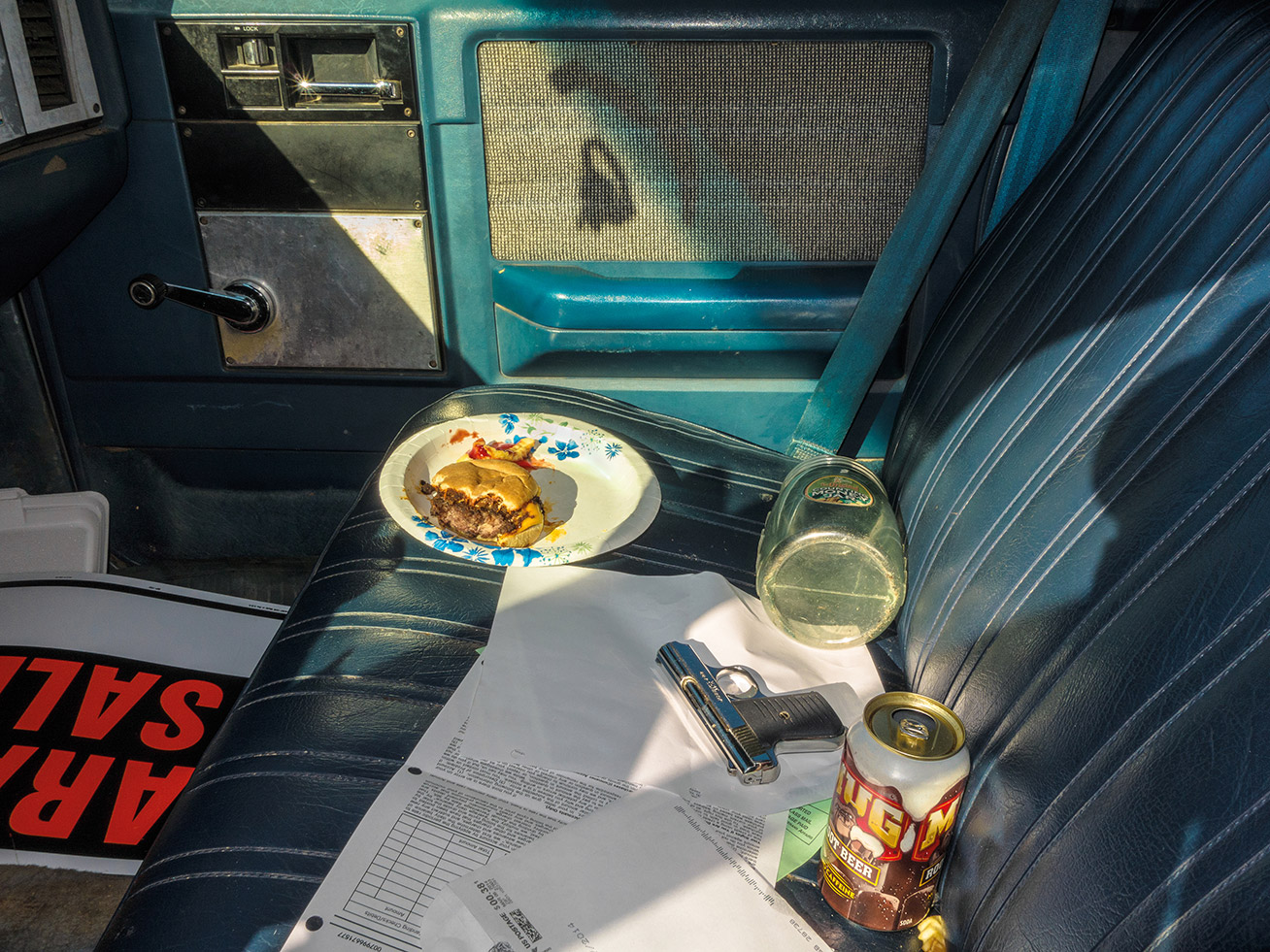
Drive out of Fort Hood, the sprawling military base in Texas, and you’ll spot a road sign: ‘You survived the war, now survive the roads.’
It’s one of the great ironies of modern warfare – soldiers are often in as much mortal danger at home as they are in a warzone. ‘And, for veterans home from war, the vehicle is a very dangerous place,’ says the American photographer ML Casteel.
Casteel was at a ‘strange intersection’ of his life. He had returned from a spell living in Alaska to move back in with his parents in Asheville, North Carolina. ‘I needed a job, and was willing to take anything,’ he says. He accepted the first opportunity that came along – as a parking valet for a local military veterans hospital.
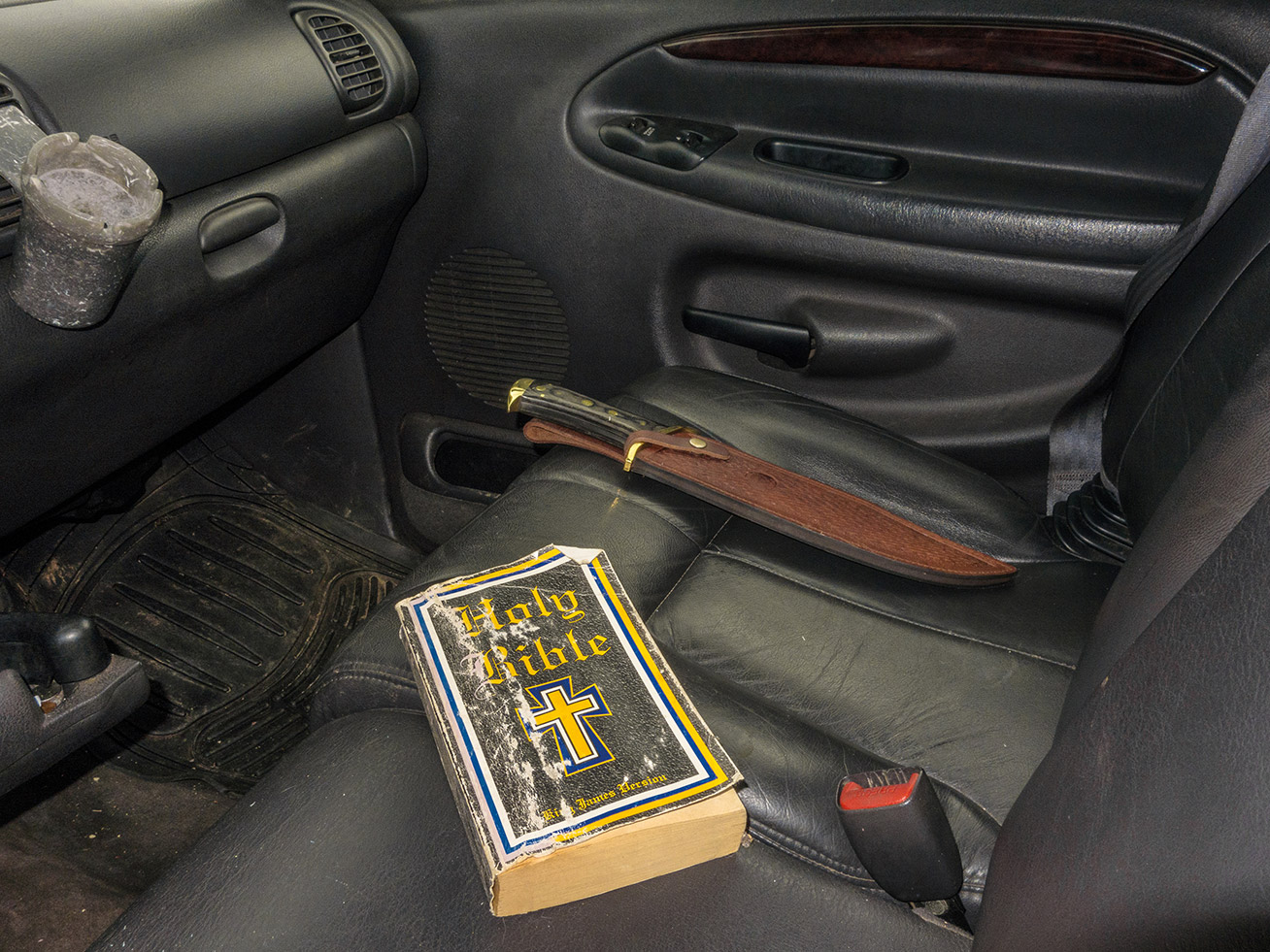
Courtesy of Dewi Lewis Publishing
The job taught him a stark lesson. ‘For veterans, war brushes up into everyday life,’ he says. ‘It nestles amongst other problems. It creeps into the most mundane experiences. And, for some reason, those issues manifest themselves very starkly in a veteran’s car.’
For the next seven years, he would greet thousands of veterans, take their keys and park their car. With a small camera kept hidden in his pocket, and without letting his colleagues see, he would then quickly photograph the interior of the veteran’s car. He took more than 2,000 such pictures, holding the camera beneath the dash so as to avoid detection. ‘It felt like looking into someone’s chest of drawers,’ he says.
After a seven year gestation, Casteel’s clandestine work has resulted in the photobook American Interiors, published by Dewi Lewis Publishing. Casteel photographs have an honesty and intensity that dig deeper than a conventional portrait. They’re small, incomplete studies of trauma and addiction – at once hyper-masculine and deeply vulnerable. ‘They’re pictures of enduring internal wounds,’ he says.
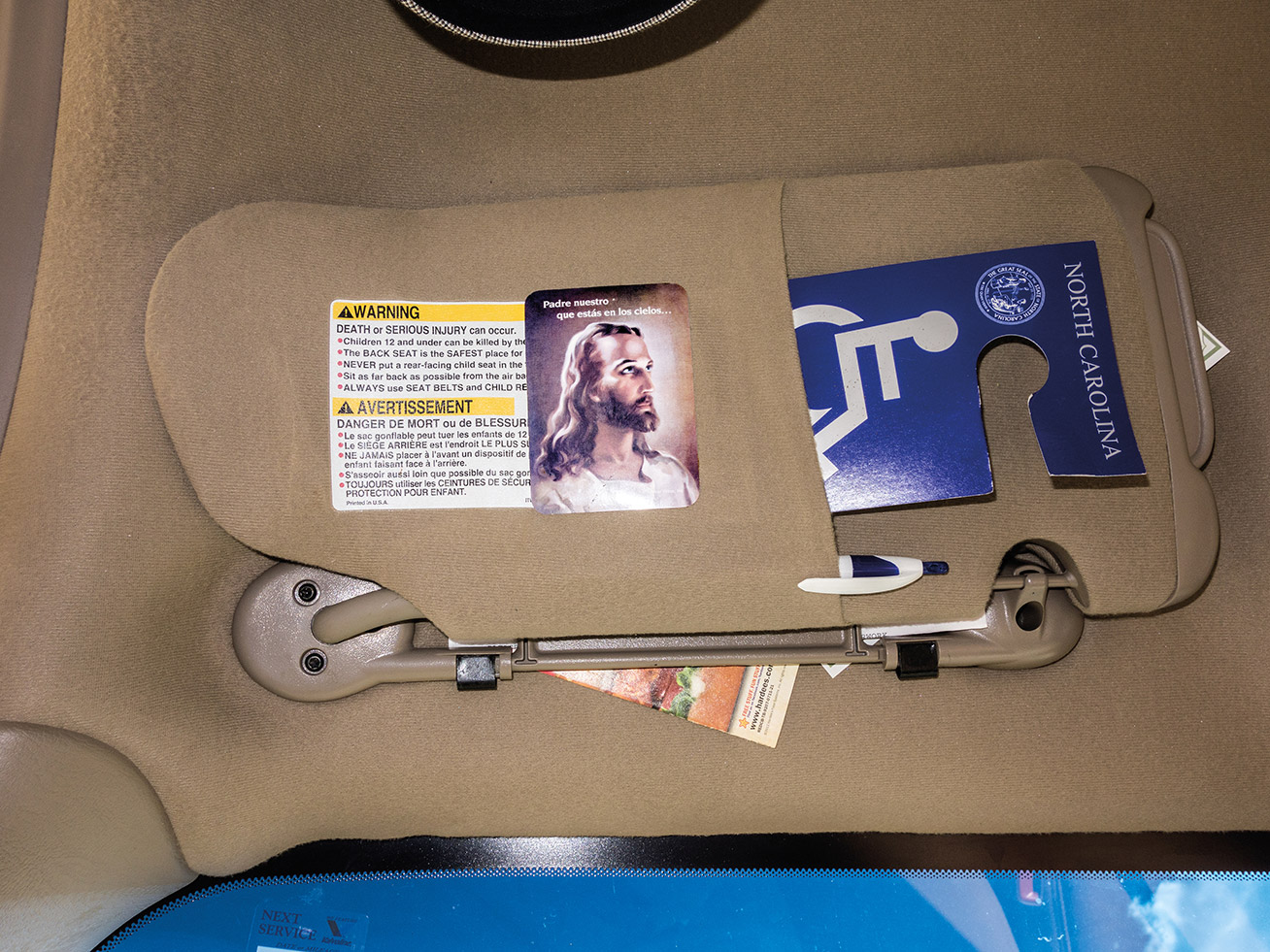
Courtesy of Dewi Lewis Publishing
He opens the book with some startling statistics. College-educated veterans, on average, earn $10,000 less than civilians. Around one in seven homeless adults have served their country. Every day, 22 veterans take their own lives in America – that’s almost one suicide every hour.
Yet the nature of post-traumatic stress disorder (PTSD) is often misunderstood. Studies have shown chronic trauma is primarily determined not by what happened in the war, but by how alienated soldiers feel once they return home. As such, the vast majority of veteran suicides are amongst ageing soldiers whom served in more historical wars. Many of the vehicles shown in Casteel’s book belong to veterans of earlier wars – the first Gulf war, Vietnam, Korea, even the Second World War.
The images contain many of the things we might expect – and hope – to find; photos of family, children’s toys, letters from loved ones. There’s often religious iconography or the American flag. Yet they often lie alongside more troubling signifiers – crates of beer, bottles of spirits, cans of dog food overflowing with ash and cigarette butts, pornography, guns and knives, pills and syringes.

Courtesy of Dewi Lewis Publishing
Many of the veterans Casteel met struggle with addiction, or had compulsive relationships with weapons and firearms. ‘I would park a car for a particular veteran who kept a holster for his gun directly beneath his steering wheel, so he had access to it all the time,’ he says.
Another veteran had a gambling issue. ‘The passenger side of his car was piled high, from the footwell upwards, with scratch tickets. The steering wheel was covered in dust from the scratched-off tickets. I would wash my hands after parking his car.’ Many were alcoholics, or abused substances: ‘One day, a veteran who had been dry for a long time went to the supermarket and drank three bottles of Listerine.’
‘But I couldn’t help but respect them,’ he says. ‘They entered military service voluntarily, they did the bidding of the people that make the wars, and here they are, often decades later, still living with the consequences.’
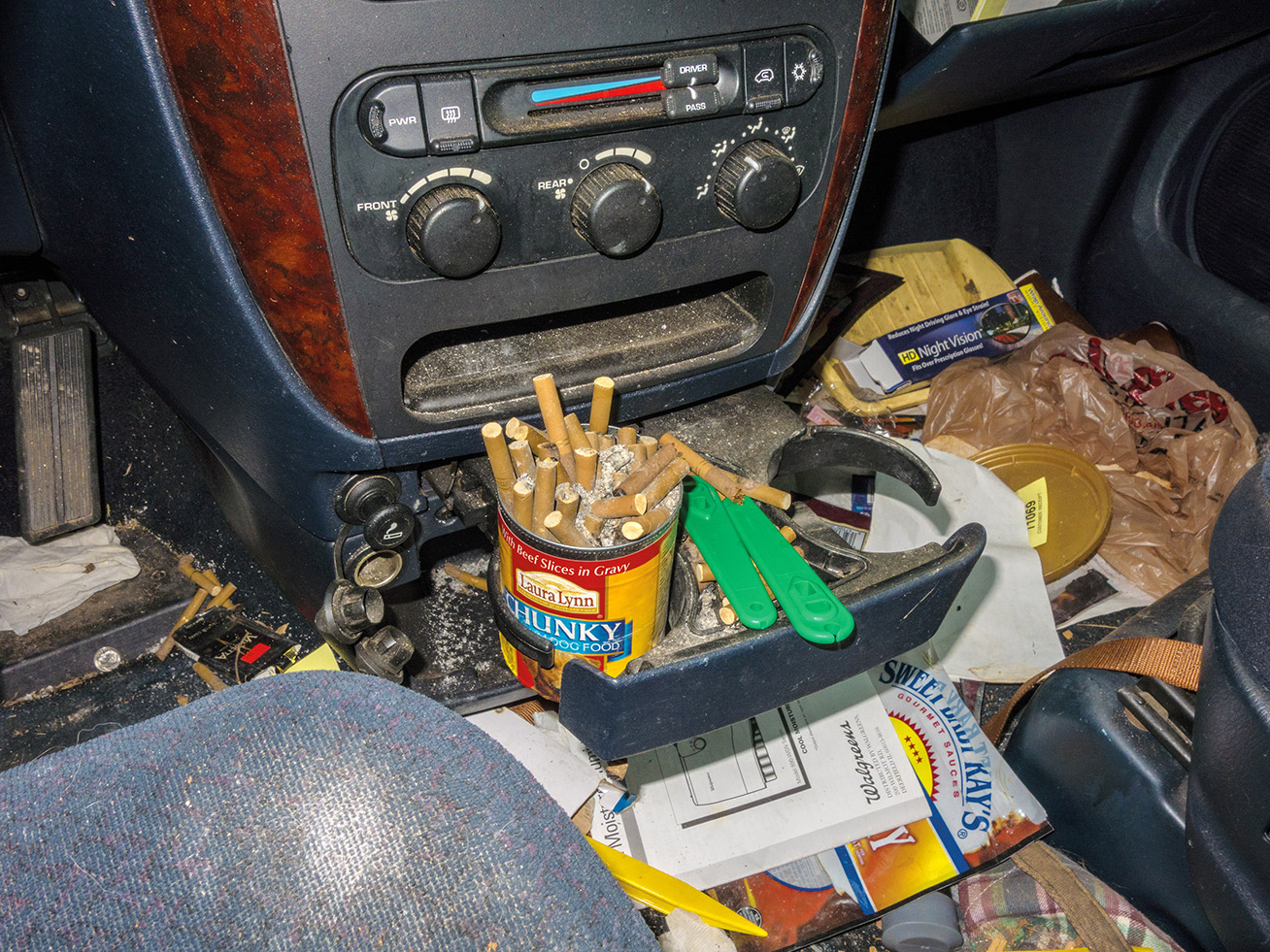
From the series American Interiors, by ML Casteel.
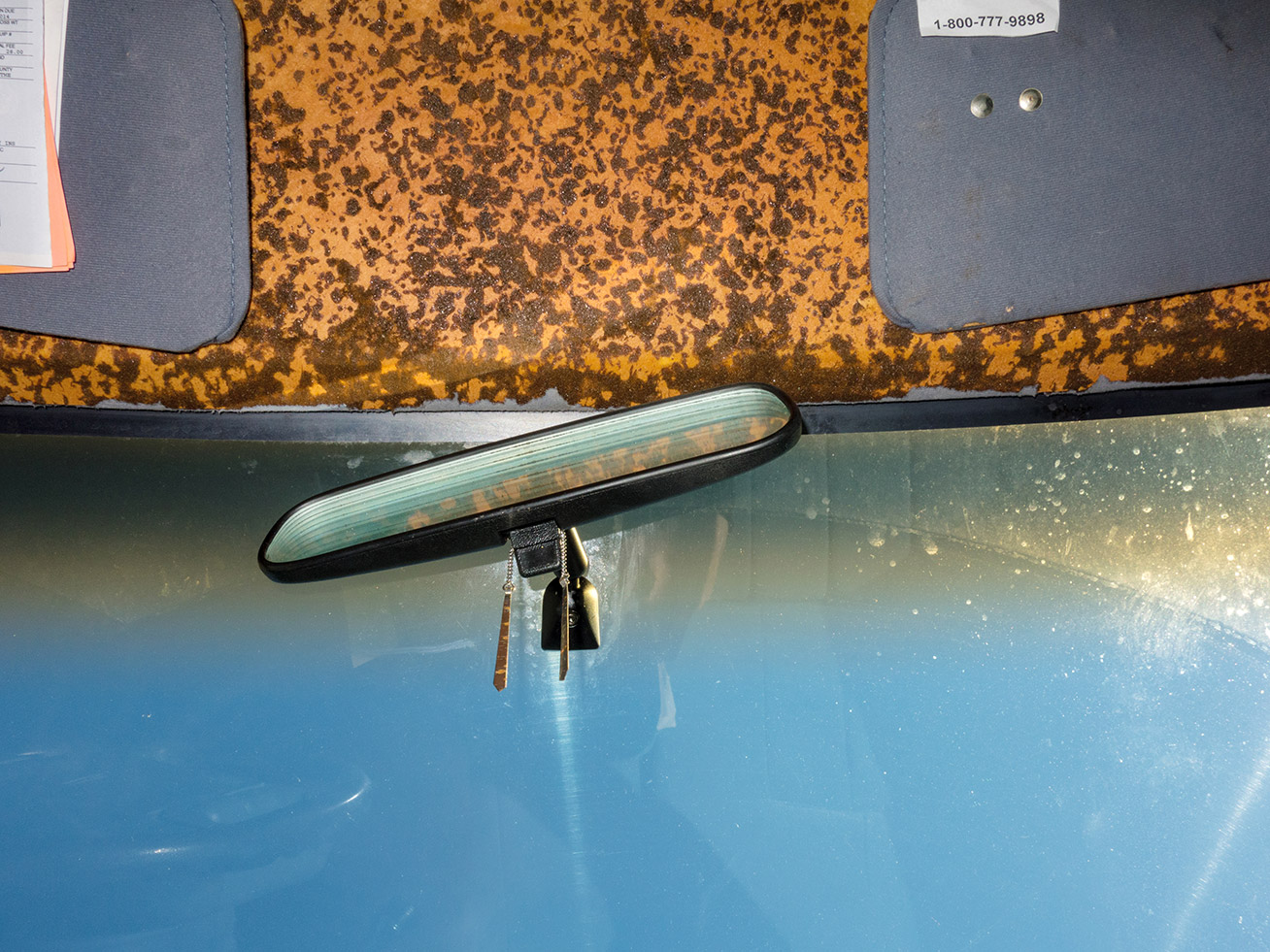
From the series American Interiors, by ML Casteel.
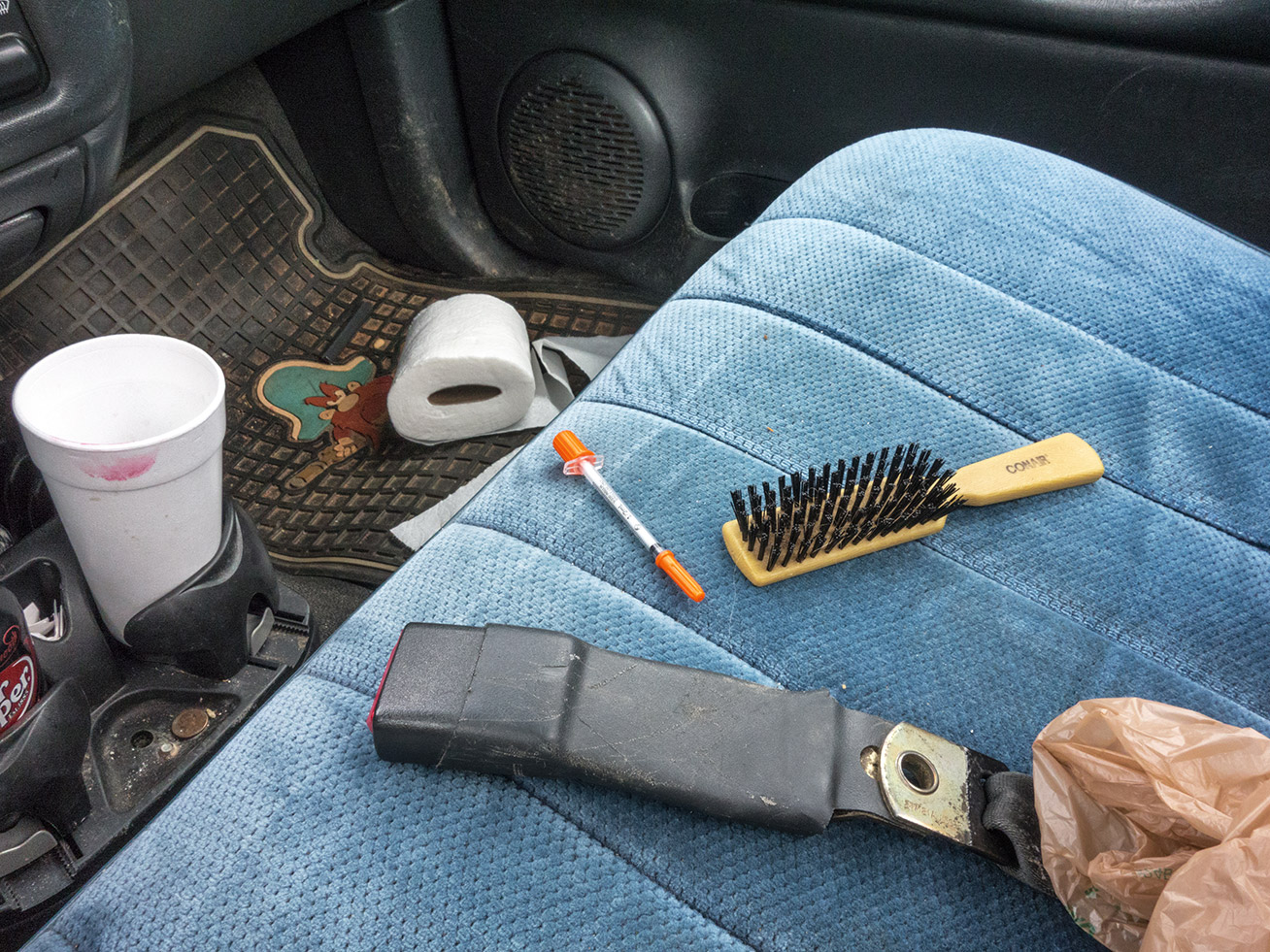
From the series American Interiors, by ML Casteel.
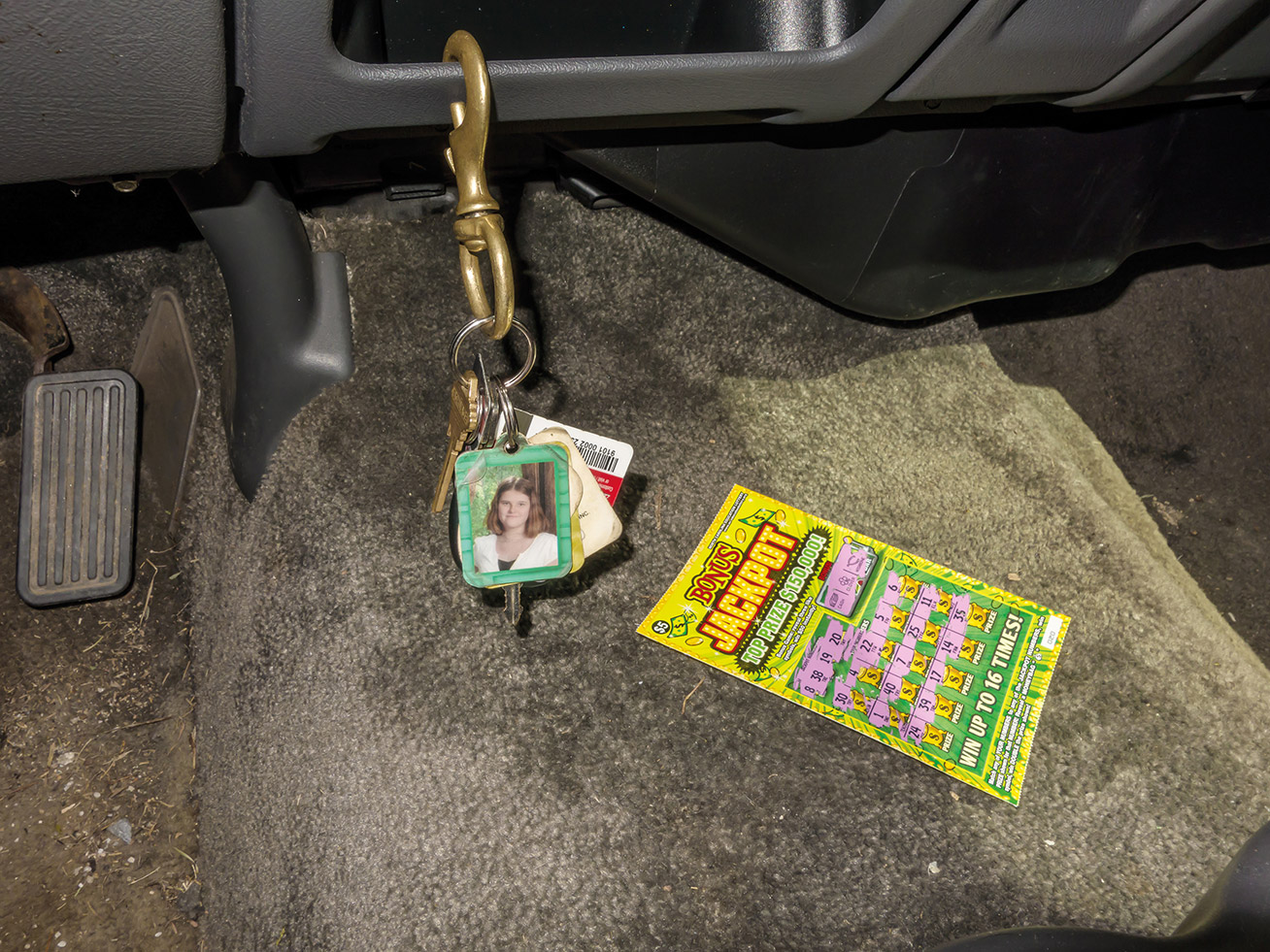
From the series American Interiors, by ML Casteel.
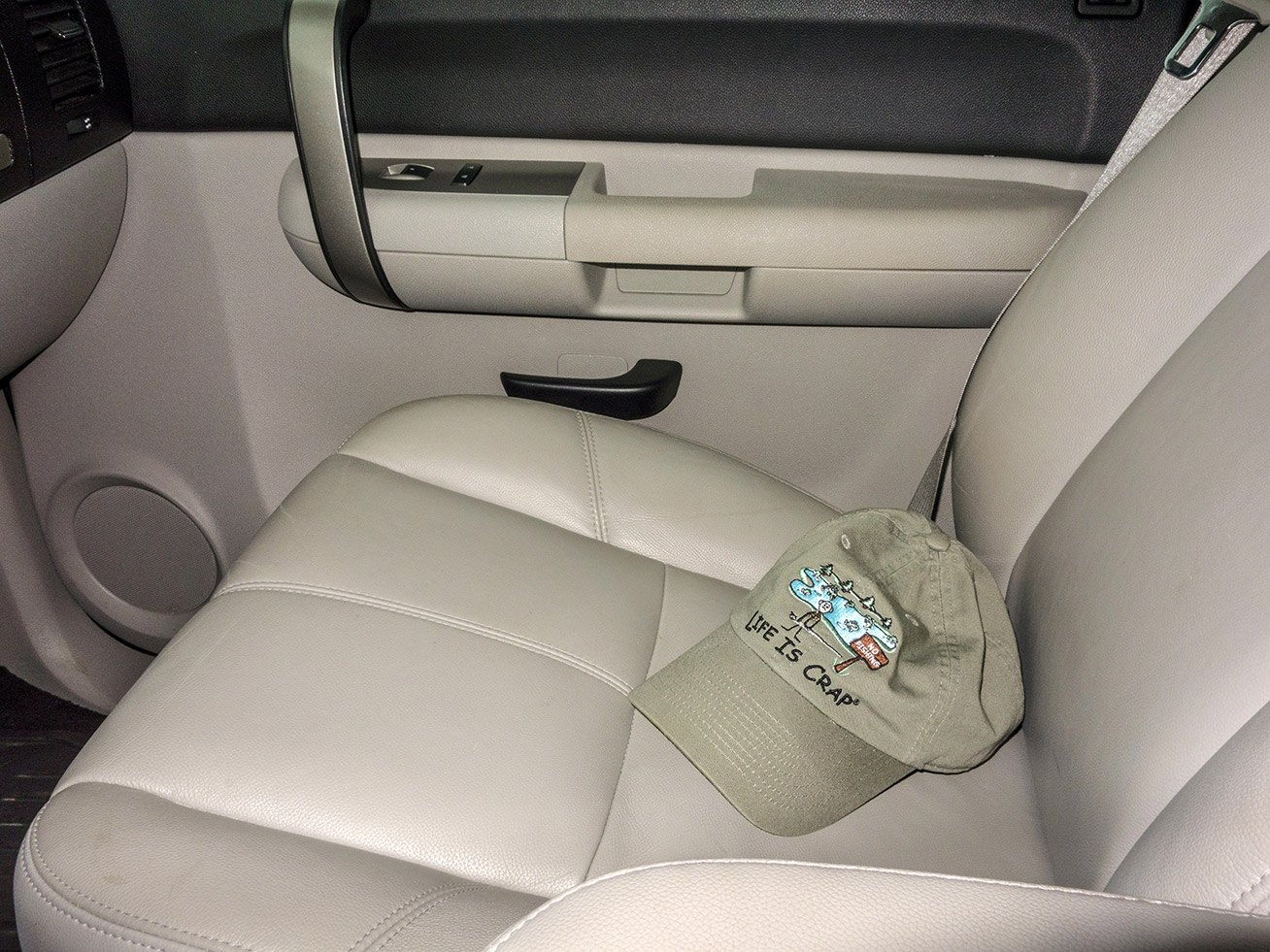
From the series American Interiors, by ML Casteel.
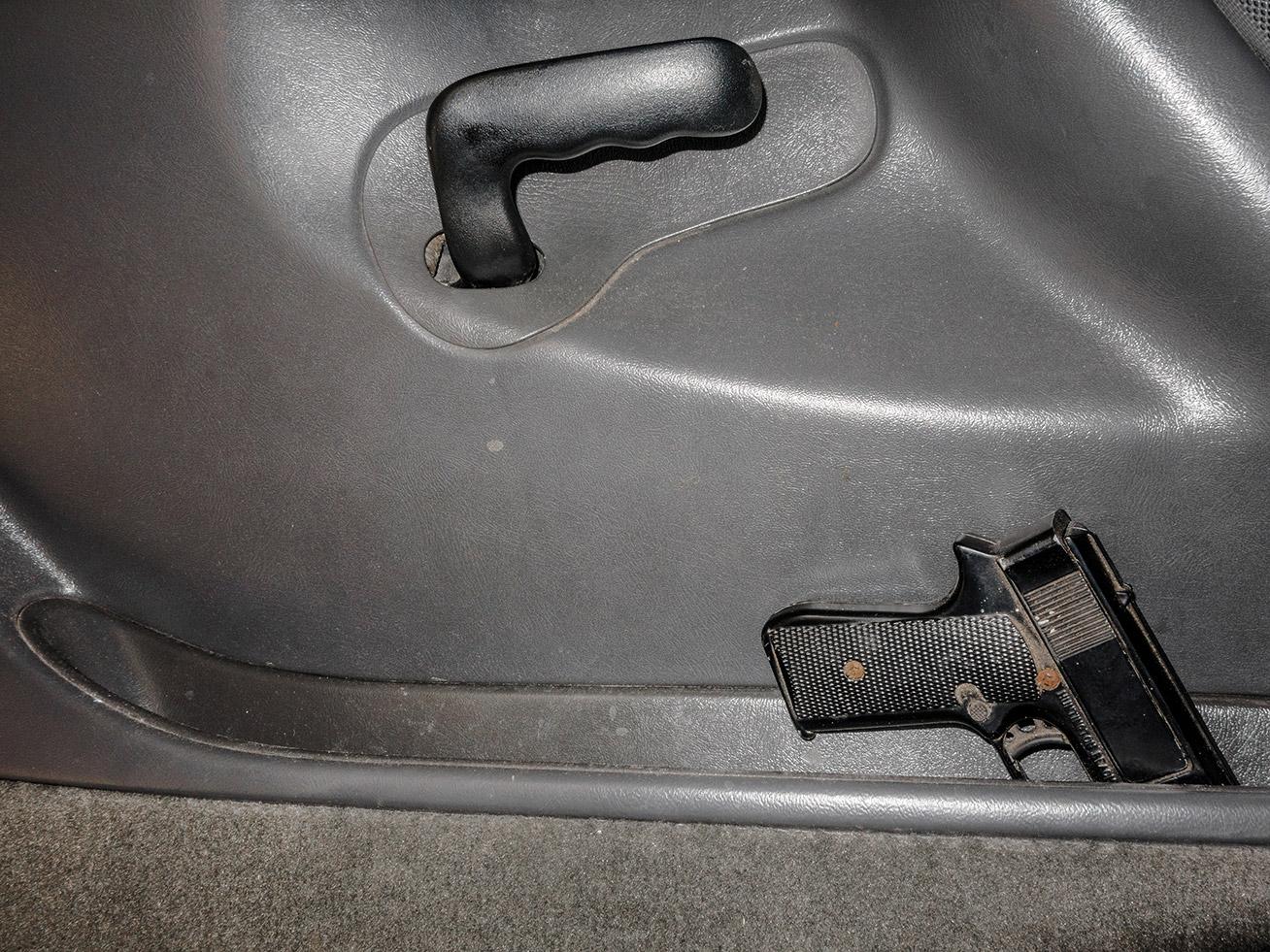
From the series American Interiors, by ML Casteel.
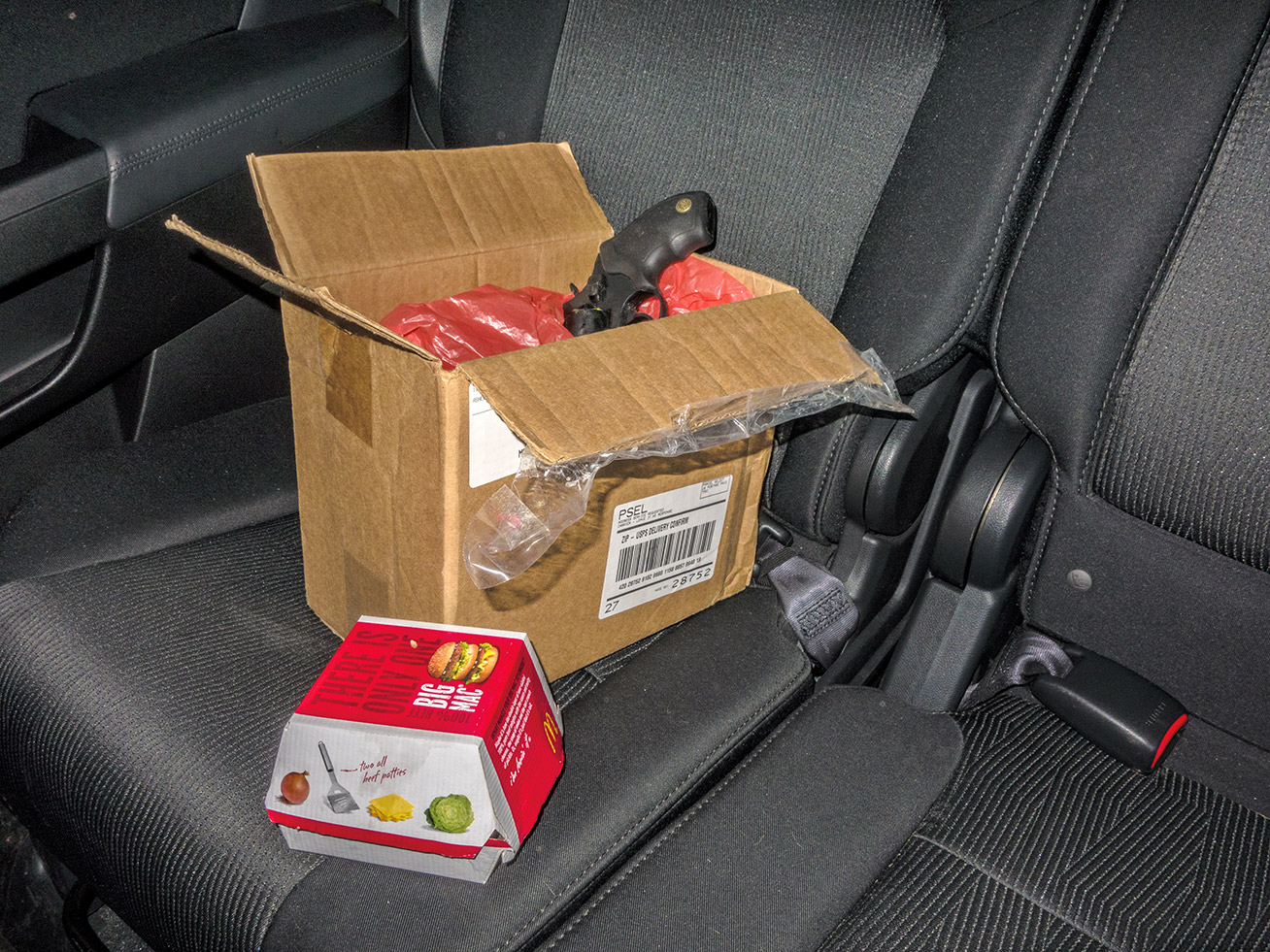
From the series American Interiors, by ML Casteel.
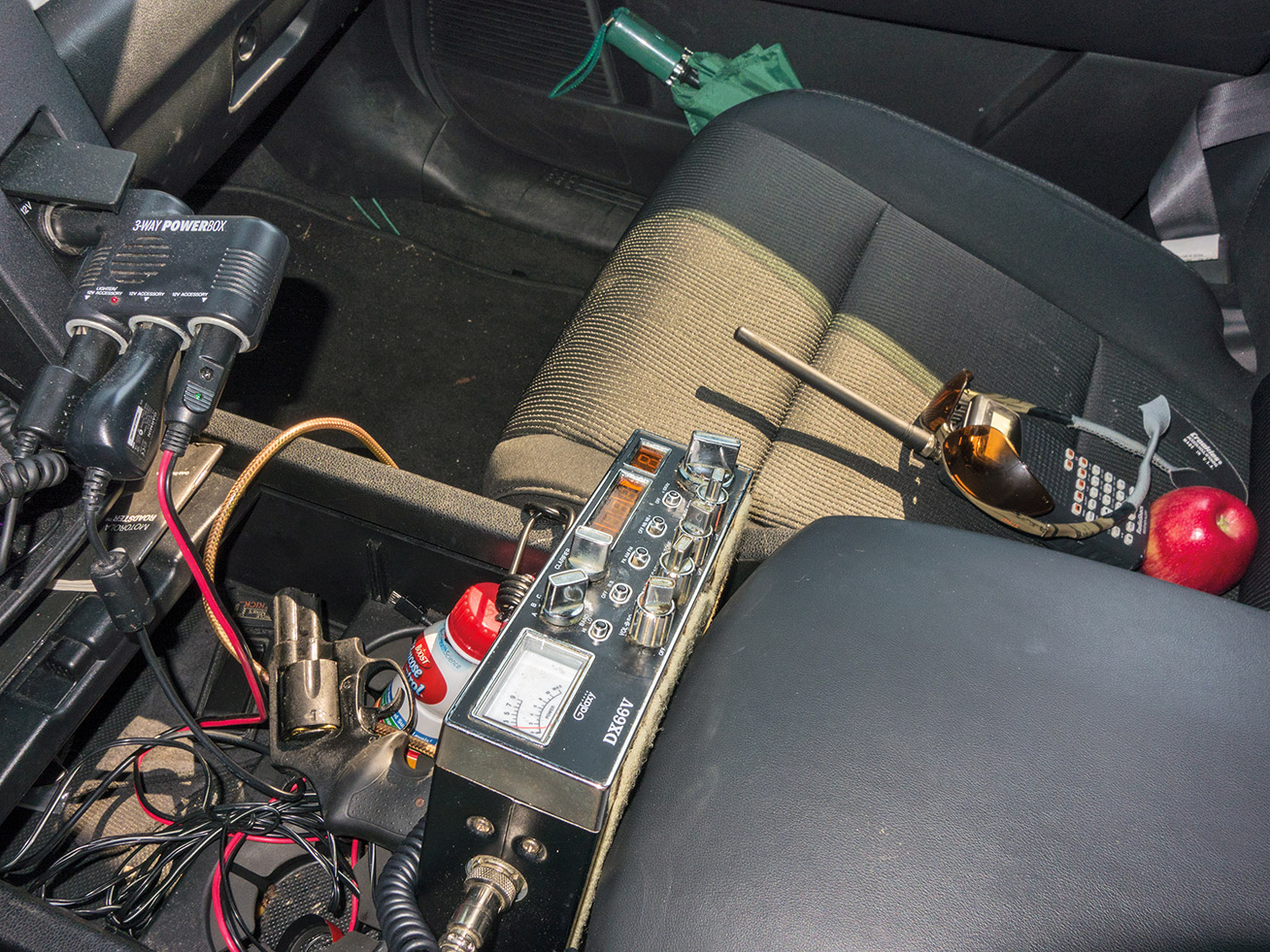
From the series American Interiors, by ML Casteel.
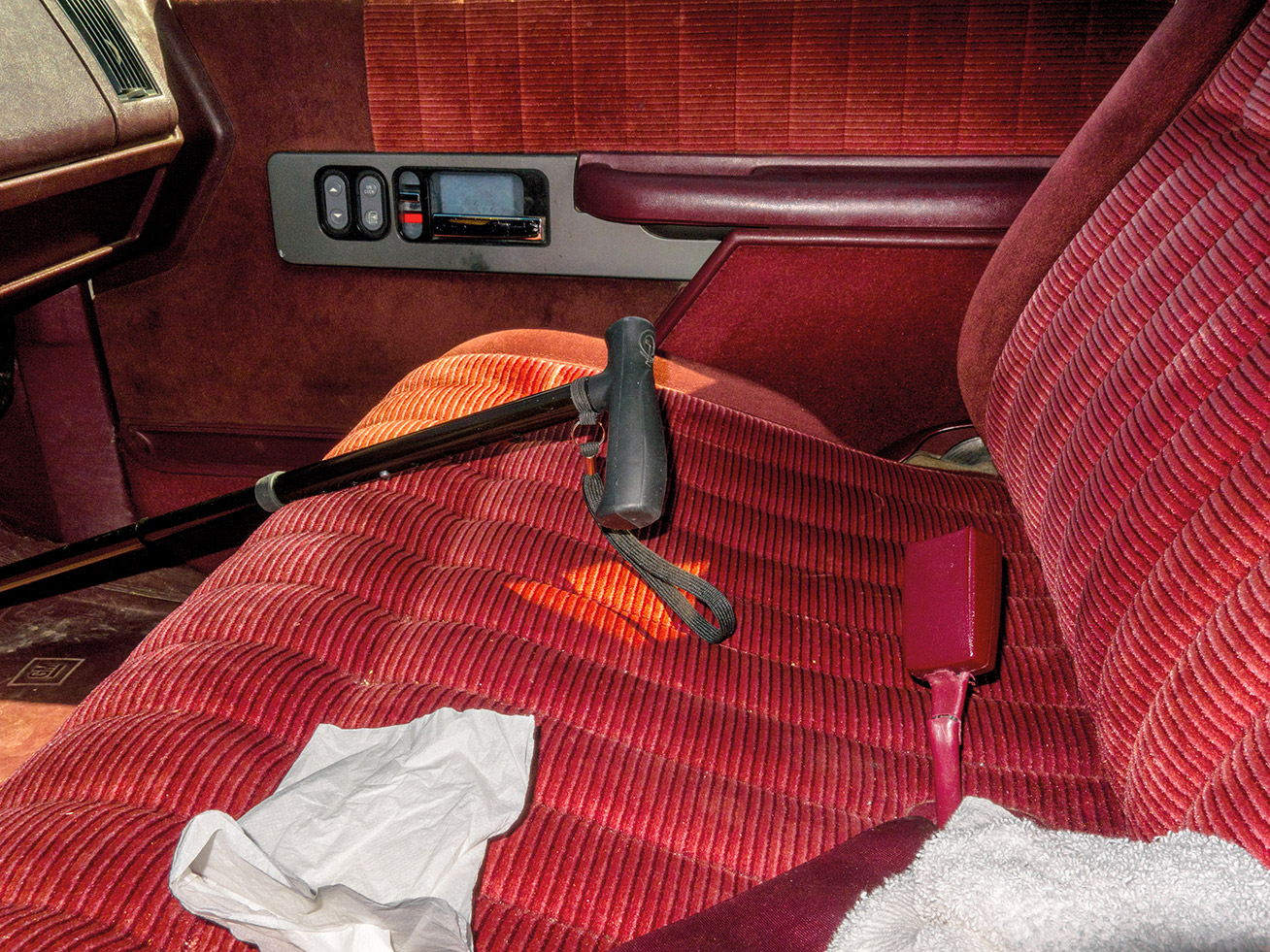
From the series American Interiors, by ML Casteel.
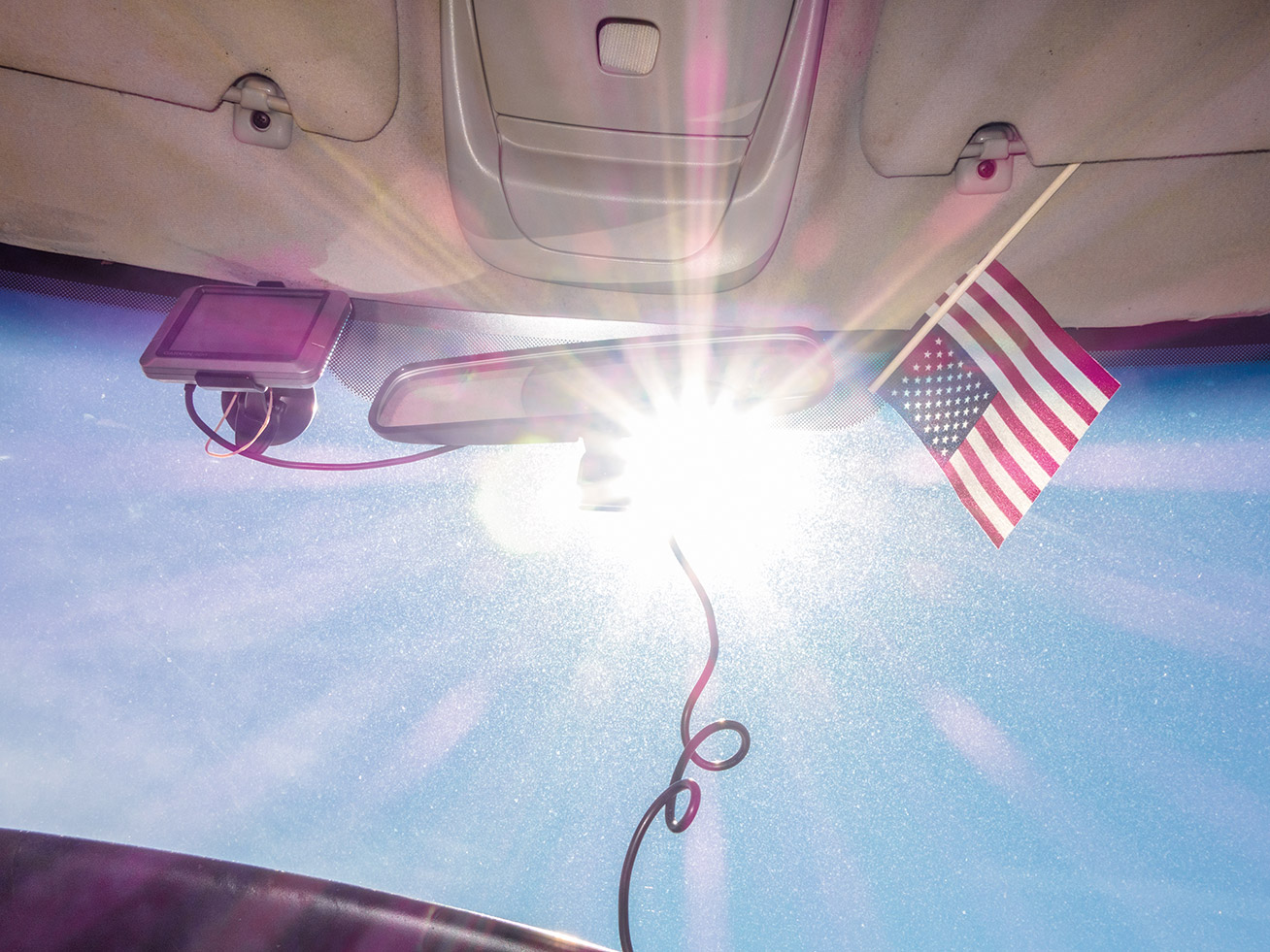
From the series American Interiors, by ML Casteel.

From the series American Interiors, by ML Casteel.
INFORMATION
American Interiors, £28, published by Dewi Lewis Publishing. For more information, visit ML Casteel’s website
Receive our daily digest of inspiration, escapism and design stories from around the world direct to your inbox.
Tom Seymour is an award-winning journalist, lecturer, strategist and curator. Before pursuing his freelance career, he was Senior Editor for CHANEL Arts & Culture. He has also worked at The Art Newspaper, University of the Arts London and the British Journal of Photography and i-D. He has published in print for The Guardian, The Observer, The New York Times, The Financial Times and Telegraph among others. He won Writer of the Year in 2020 and Specialist Writer of the Year in 2019 and 2021 at the PPA Awards for his work with The Royal Photographic Society. In 2017, Tom worked with Sian Davey to co-create Together, an amalgam of photography and writing which exhibited at London’s National Portrait Gallery.
-
 RIBA Stirling Prize 2025 winner is ‘a radical reimagining of later living’
RIBA Stirling Prize 2025 winner is ‘a radical reimagining of later living’Appleby Blue Almshouse wins the RIBA Stirling Prize 2025, crowning the social housing complex for over-65s by Witherford Watson Mann Architects, the best building of the year
-
 A24 just opened a restaurant in New York, and no one knows it exists
A24 just opened a restaurant in New York, and no one knows it existsHidden in the West Village, Wild Cherry pairs a moody, arthouse sensibility with a supper-style menu devised by the team behind Frenchette
-
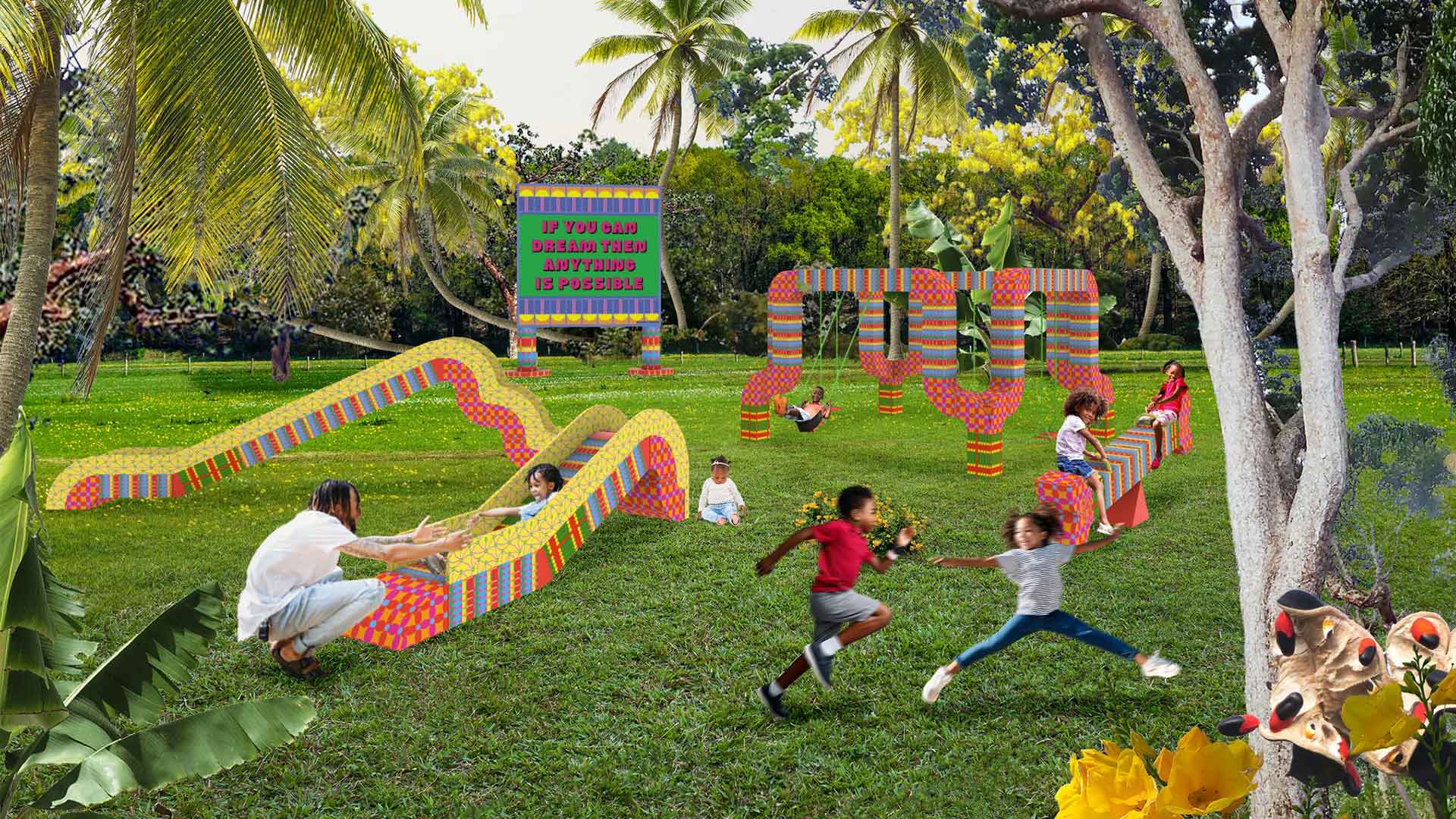 Yinka Ilori’s new foundation is dedicated to play and joy: ‘Play gave me freedom to dream’
Yinka Ilori’s new foundation is dedicated to play and joy: ‘Play gave me freedom to dream’Today, artist and designer Yinka Ilori announced the launch of a non-profit organisation that debuts with a playscape in Nigeria
-
 Jamel Shabazz’s photographs are a love letter to Prospect Park
Jamel Shabazz’s photographs are a love letter to Prospect ParkIn a new book, ‘Prospect Park: Photographs of a Brooklyn Oasis, 1980 to 2025’, Jamel Shabazz discovers a warmer side of human nature
-
 The Hammer Museum in Los Angeles launches the seventh iteration of its highly anticipated artist biennial
The Hammer Museum in Los Angeles launches the seventh iteration of its highly anticipated artist biennialOne of the gallery's flagship exhibitions, Made in LA showcases the breadth and depth of the city's contemporary art scene
-
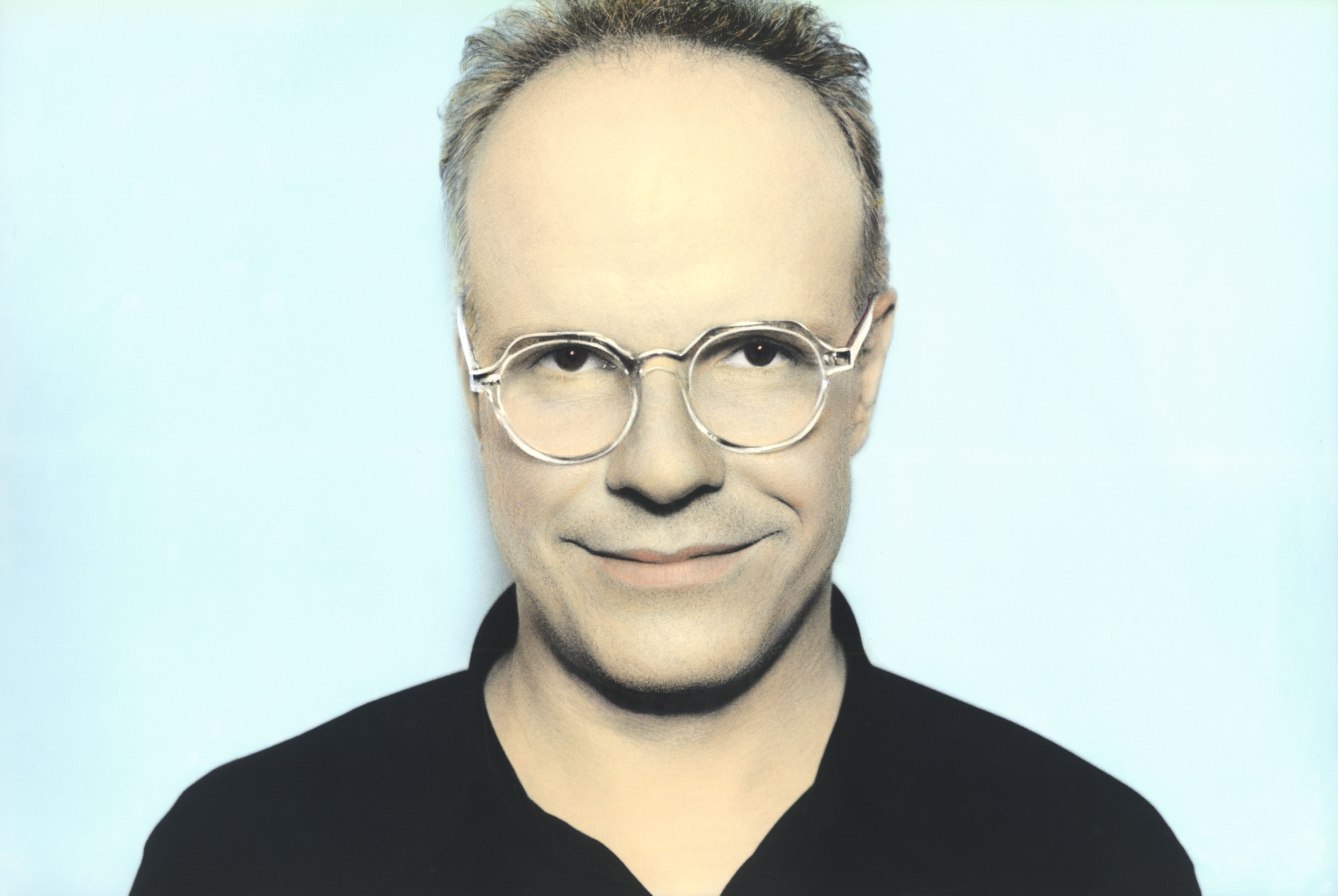 A life’s work: Hans Ulrich Obrist on art, meaning and being driven
A life’s work: Hans Ulrich Obrist on art, meaning and being drivenAs the curator, critic and artistic director of Serpentine Galleries publishes his memoir, ‘Life in Progress’, he tells us what gets him out of bed in the morning
-
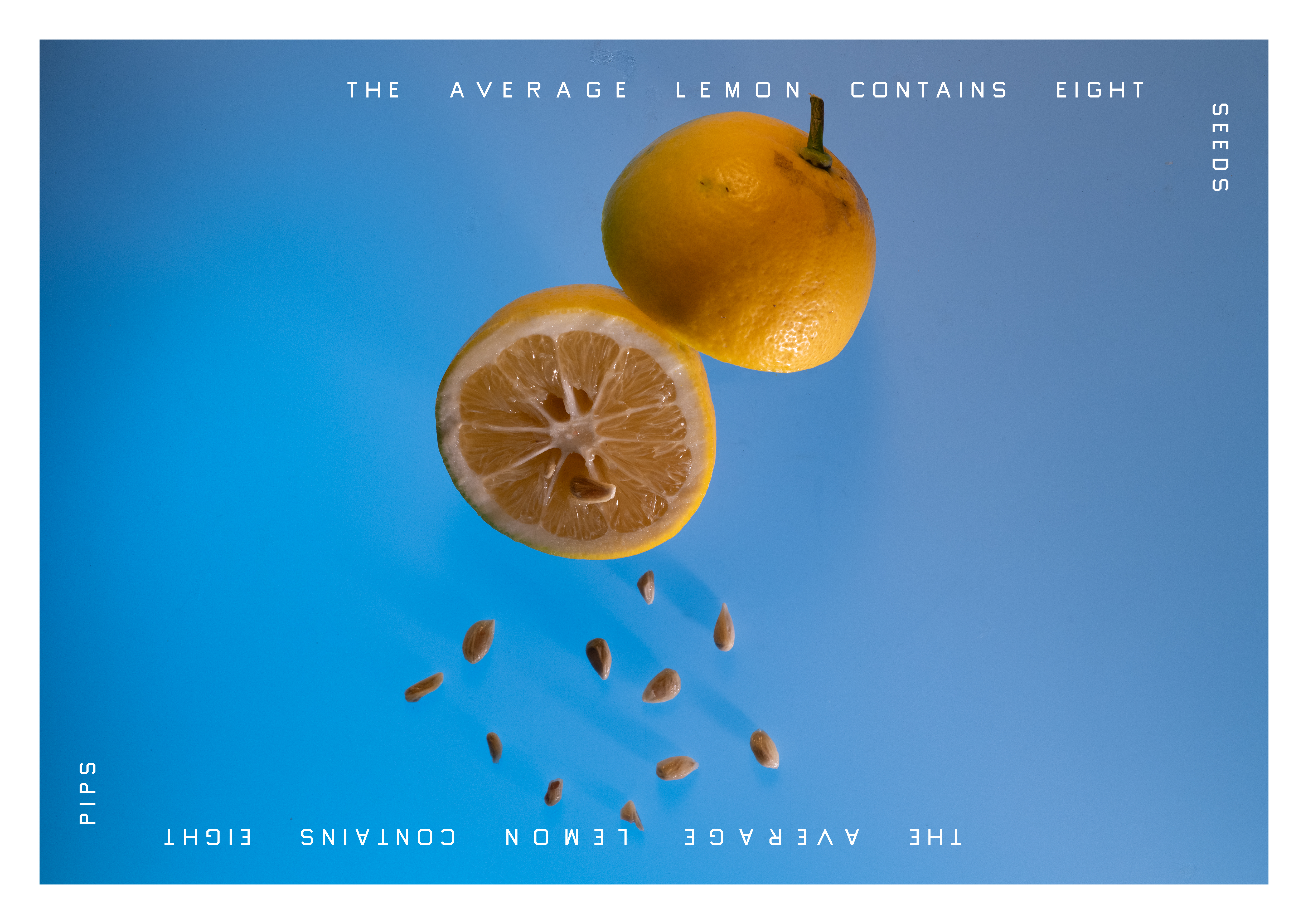 Ed Ruscha and Ruthie Rogers team up on zingy new cookbook
Ed Ruscha and Ruthie Rogers team up on zingy new cookbookEd Ruscha and friend Ruthie Rogers, chef and River Café co-founder, have teamed up on a cookbook with a difference
-
 Thomas Prior’s photography captures the uncanny fragility of American life
Thomas Prior’s photography captures the uncanny fragility of American lifeA new book unites two decades of the photographer’s piercing, uneasy work
-
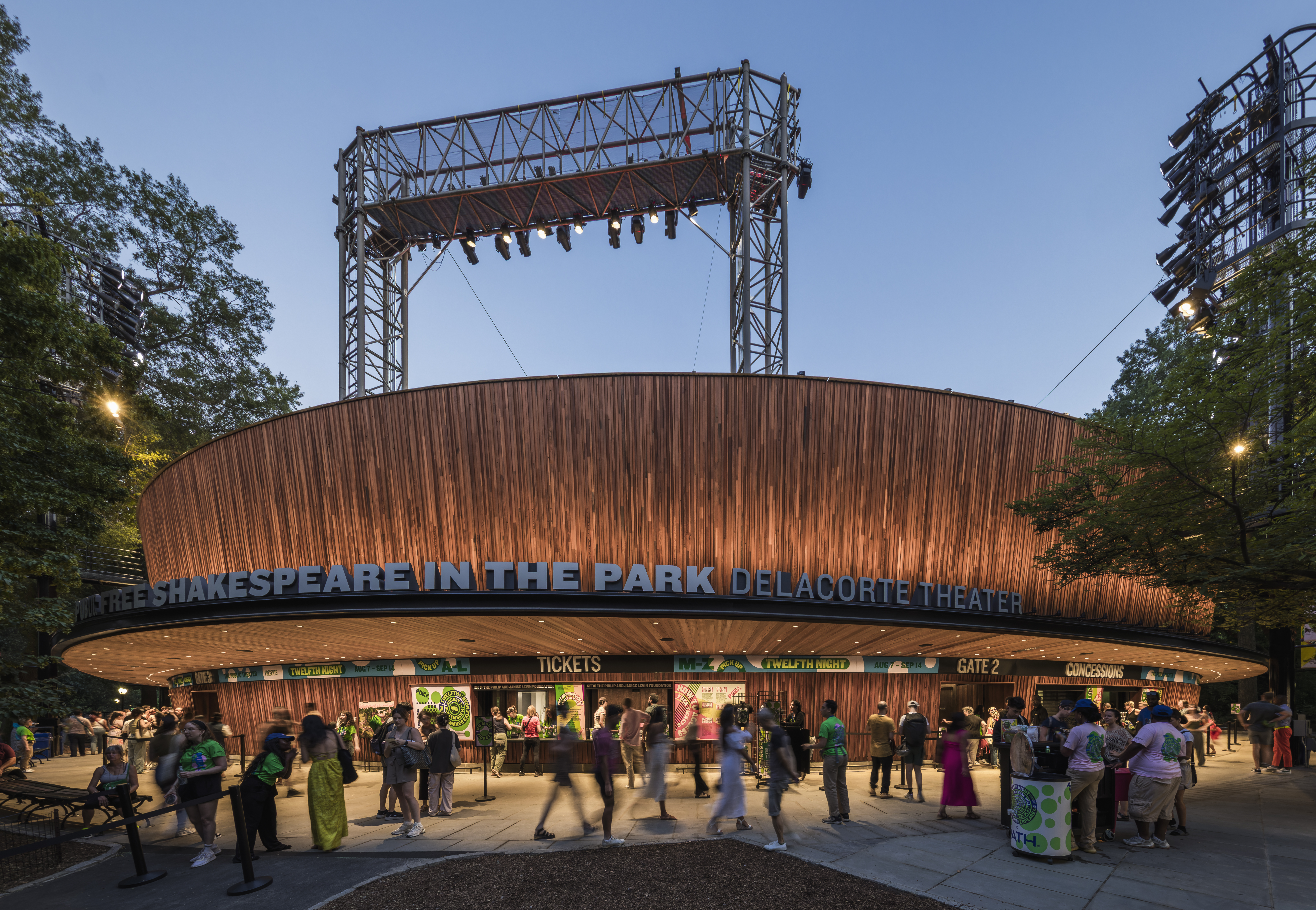 Central Park’s revitalised Delacorte Theater gears up for a new future
Central Park’s revitalised Delacorte Theater gears up for a new futureEnnead Architects helmed an ambitious renovation process that has given the New York City cultural landmark a vibrant and more accessible future
-
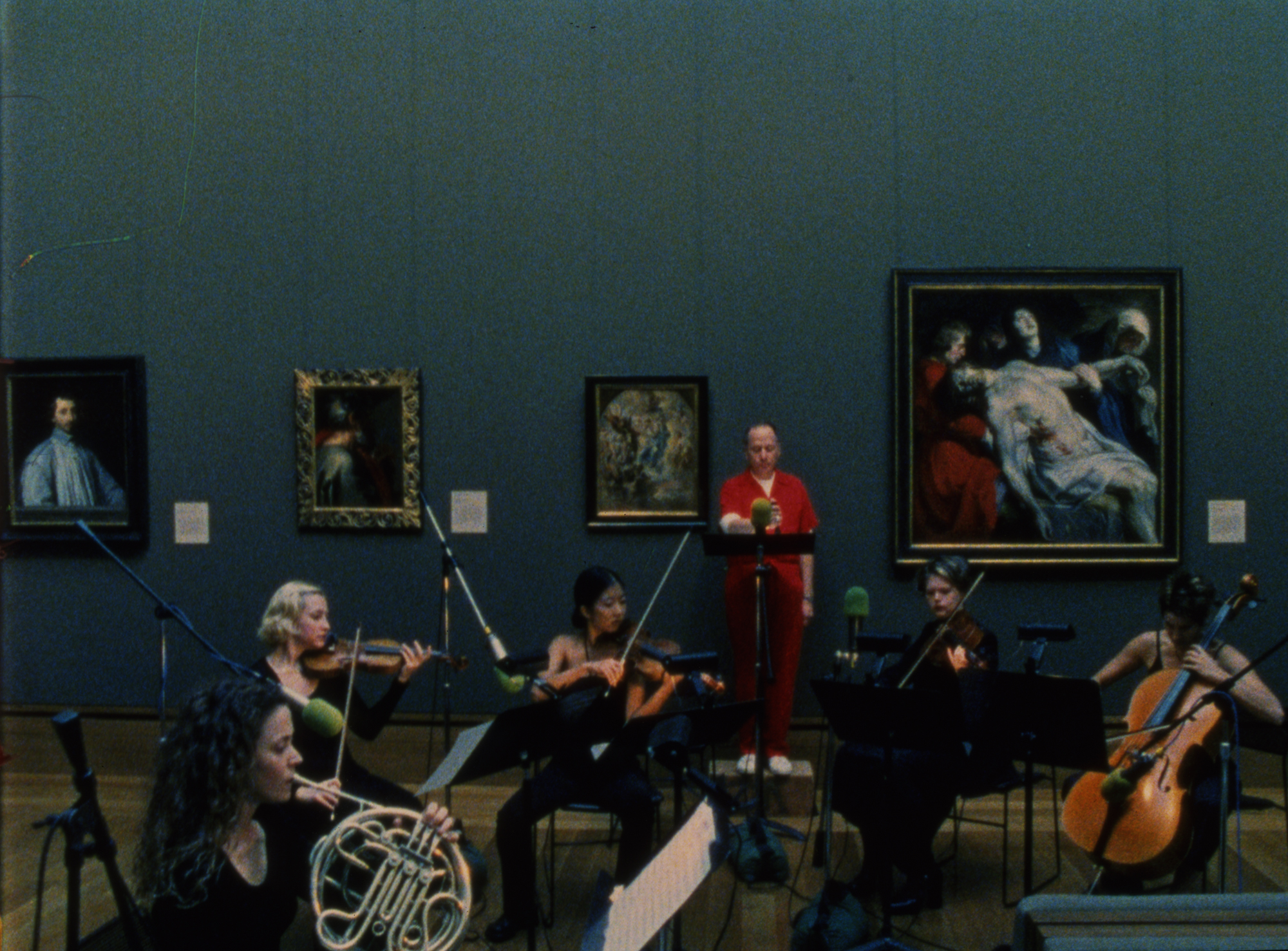 Stephen Prina borrows from pop, classical and modern music: now MoMA pays tribute to his performance work
Stephen Prina borrows from pop, classical and modern music: now MoMA pays tribute to his performance work‘Stephen Prina: A Lick and a Promise’ recalls the artist, musician, and composer’s performances, and is presented throughout MoMA. Prina tells us more
-
 Curtains up, Kid Harpoon rethinks the sound of Broadway production ‘Art’
Curtains up, Kid Harpoon rethinks the sound of Broadway production ‘Art’He’s crafted hits with Harry Styles and Miley Cyrus; now songwriter and producer Kid Harpoon (aka Tom Hull) tells us about composing the music for the new, all-star Broadway revival of Yasmina Reza’s play ‘Art’